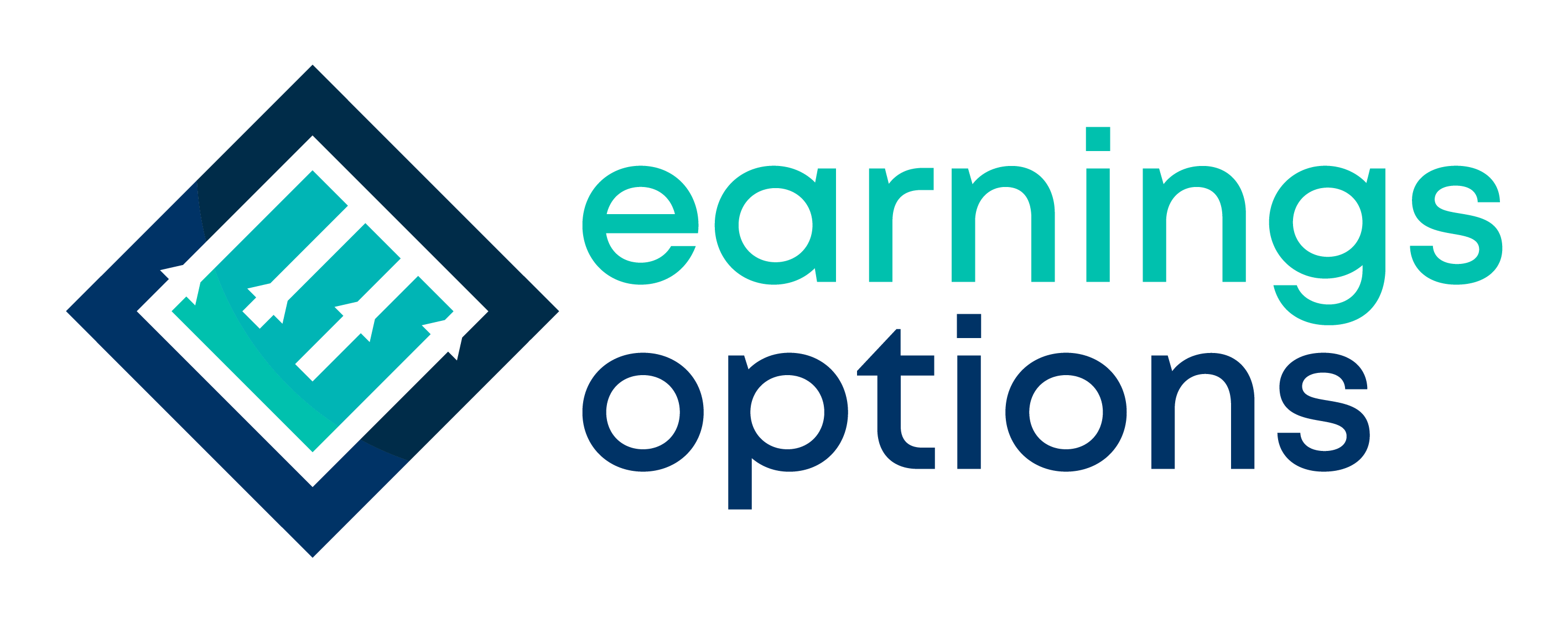Getting out of debt can seem like an uphill battle, but with the right strategies and mindset, it’s possible to regain financial stability. Let’s break down the process into manageable steps.
Know What You Owe 🔍
Start by listing out all your debts. This includes:
- Credit card balances 💳
- Student loans 🎓
- Car loans 🚗
- Mortgages 🏠
- Any other personal loans 👤
Gather recent statements and write down the total amount owed, interest rates, and minimum monthly payments.
Budgeting: Your Financial Roadmap 🗺️
Creating a budget is crucial. It gives you a clear picture of your income versus your expenses. Here’s how to approach it:
- Track Your Spending: Keep tabs on every dollar for a month to see where your money goes.
- Cut Back on Non-Essentials: Identify areas where you can reduce spending, such as dining out or subscription services.
- Set Spending Limits: Allocate funds to different categories and stick to the limits.
The Debt Snowball Method: Build Momentum ❄️
The debt snowball method involves paying off debts from smallest to largest, regardless of interest rates, to gain momentum as each balance is wiped out.
- Pay the minimum on all debts each month.
- Put any extra money toward the smallest debt.
- Once the smallest debt is paid off, roll the payment into the next smallest debt.
The Debt Avalanche Method: Attack High Interest 🏔️
The debt avalanche method focuses on paying off debts with the highest interest rates first, which can save you money over time.
- Pay the minimum on all your debts.
- Use any additional funds to pay off the debt with the highest interest rate.
- After the highest interest debt is paid off, move to the debt with the next highest rate.
Increase Your Income: Fuel Your Repayment 🔥
Sometimes, cutting expenses isn’t enough. Here are ways to increase your income:
- Ask for a raise or work overtime.
- Start a side hustle or freelance.
- Sell items you no longer need.
Negotiate with Creditors: Communication is Key 📞
You might be able to negotiate better terms on your debts:
- Lower Interest Rates: Some creditors might reduce your interest rate if you call and ask.
- Payment Plans: Explain your financial situation and ask for a payment plan you can afford.
Avoiding New Debt: Don’t Dig a Deeper Hole ⛏️
While you’re paying off debt:
- Put your credit cards on ice – literally or figuratively.
- Use cash or a debit card for purchases.
- Avoid taking on any new loans or credit lines.
Building an Emergency Fund: Your Safety Net 🛡️
An emergency fund can prevent you from going further into debt when unexpected expenses arise.
- Aim to save $1,000 to start.
- Gradually increase it to cover 3-6 months of living expenses.
Stay Motivated: Celebrate Small Victories 🎉
Paying off debt is a marathon, not a sprint.
- Celebrate when you pay off a debt.
- Share your progress with someone who supports your goals.
- Keep visual reminders of your progress.
Seek Professional Help: When You Need an Extra Hand 🤝
If you’re overwhelmed:
- Consider a nonprofit credit counseling service.
- Explore debt consolidation or bankruptcy as last resorts.
- Beware of debt relief scams.
Consistency: The Key to Debt-Free Living 🔑
The journey to becoming debt-free requires consistency.
- Stick to your payment plans.
- Keep your budget updated.
- Review your progress monthly and adjust as needed.

